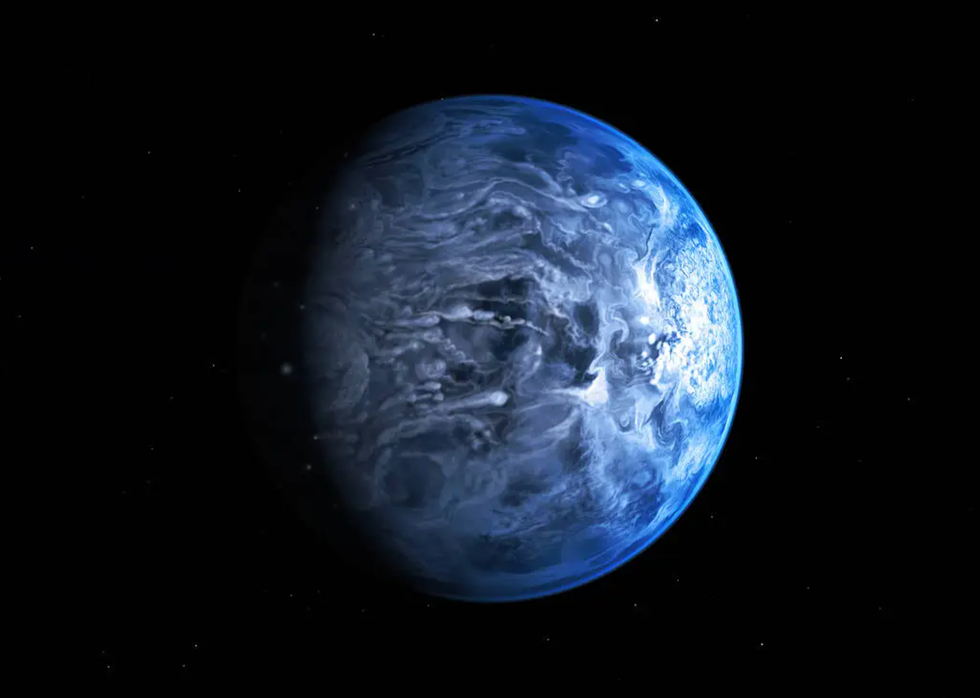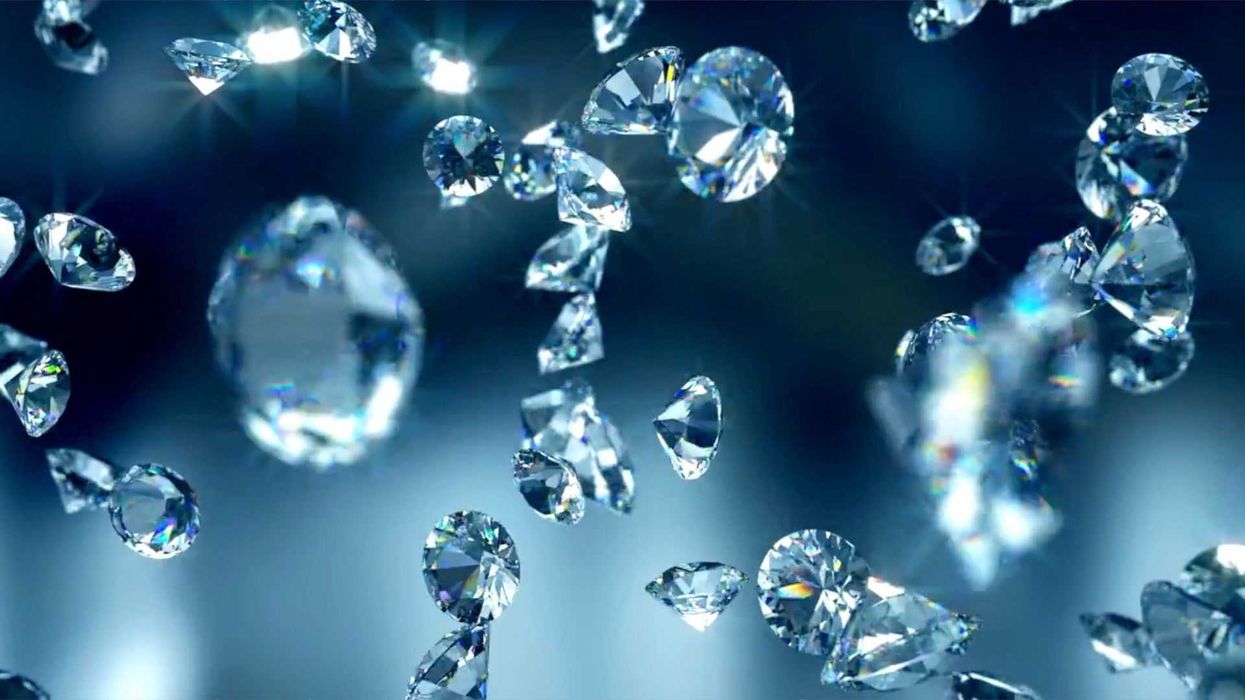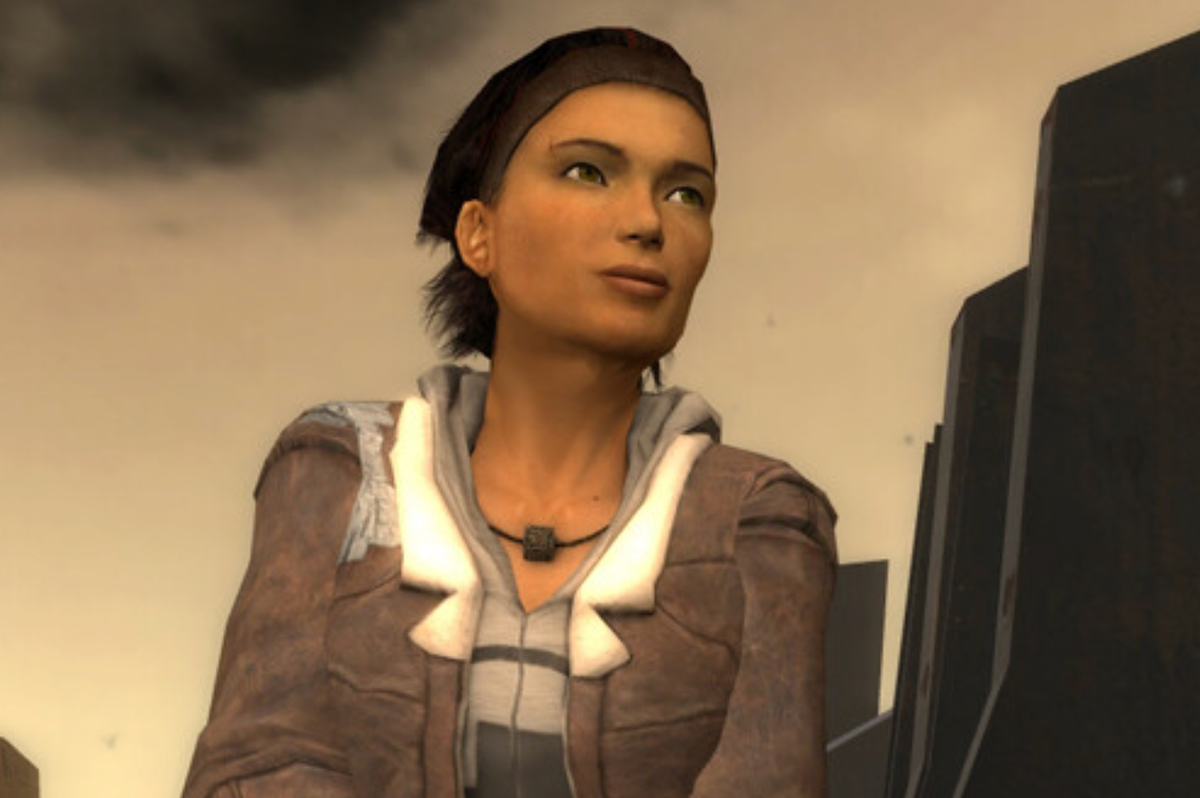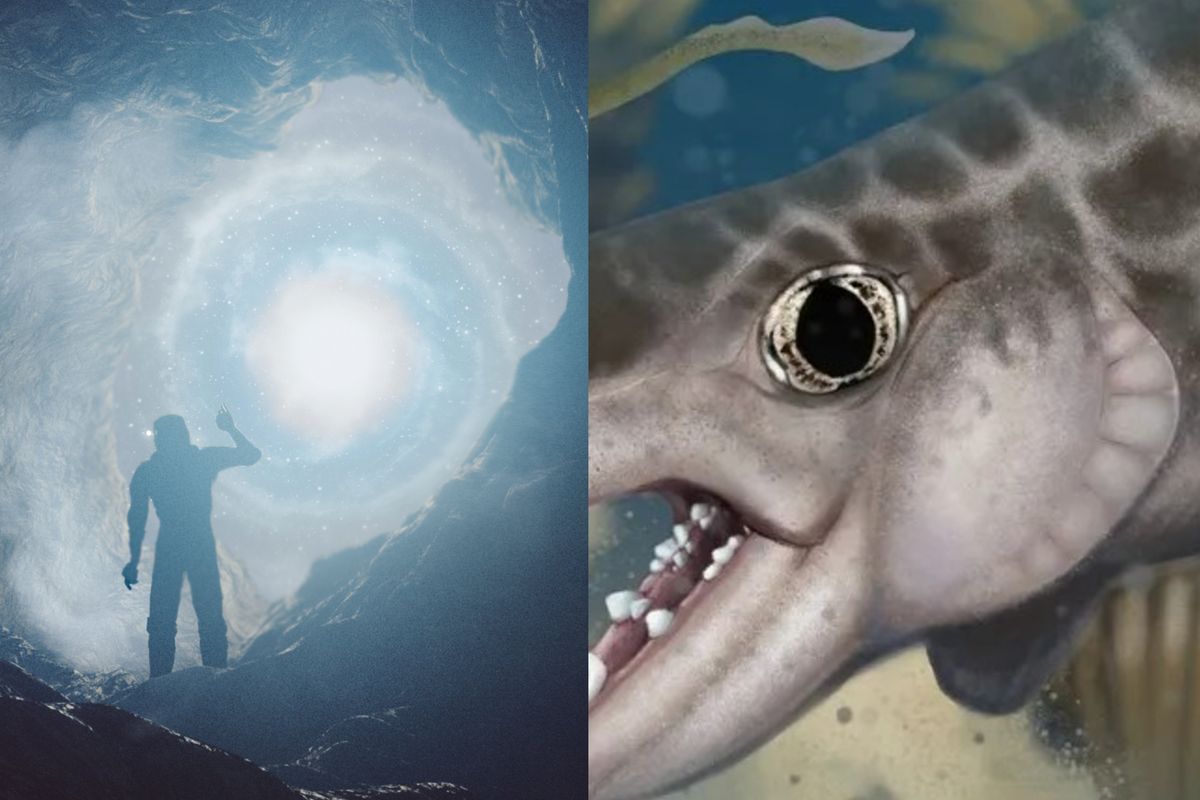Science & Tech
Diamonds for Rain? Other Planets May Experience This!
ZMG - Amaze Lab / VideoElephant
Space is full of weird but wonderful things, from unusual rocks on Mars that don’t actually belong there to hidden structures and harrowing warnings that the moon is shrinking.
But now, attention has shifted to a far-off planet, 64 million light-years away in the constellation Vulpecula.
To the human eye, HD 189733 b looks strikingly blue, but the weather on this world is anything but inviting.
First discovered by French astronomers in 2005, the planet caught further attention when NASA scientists used the Spitzer Space Telescope to measure its extreme temperatures. They found that the 'day side' facing its star is around 500 degrees Fahrenheit hotter than the night side.
When the Hubble Space Telescope got a closer look, it revealed that the bright blue colour isn’t the result of oceans like on Earth.

Instead, it’s caused by a 2,000-degree Fahrenheit (1,093 Celsius) atmosphere, which wreaks havoc on its weather.
Winds howl across the planet at up to 5,400 mph (2 km/s) (seven times the speed of sound), spinning anything caught in them into a dizzying, deadly vortex.
And forget about umbrellas: it rains shards of glass, or as NASA puts it, "it’s death by a thousand cuts."
"This scorching alien world possibly rains glass—sideways—in its howling winds," NASA explained. "The cobalt blue colour comes not from the reflection of a tropical ocean, as on Earth, but rather a hazy, blow-torched atmosphere containing high clouds laced with silicate particles."
You should also read...
- Oldest cave art in the world discovered – and it wasn't made by humans
- Strange signal from the bottom of the ocean detected by scientists for first time
How to join the indy100's free WhatsApp channel
Sign up for our free Indy100 weekly newsletter
Have your say in our news democracy. Click the upvote icon at the top of the page to help raise this article through the indy100 rankings.
Top 100
The Conversation (0)














